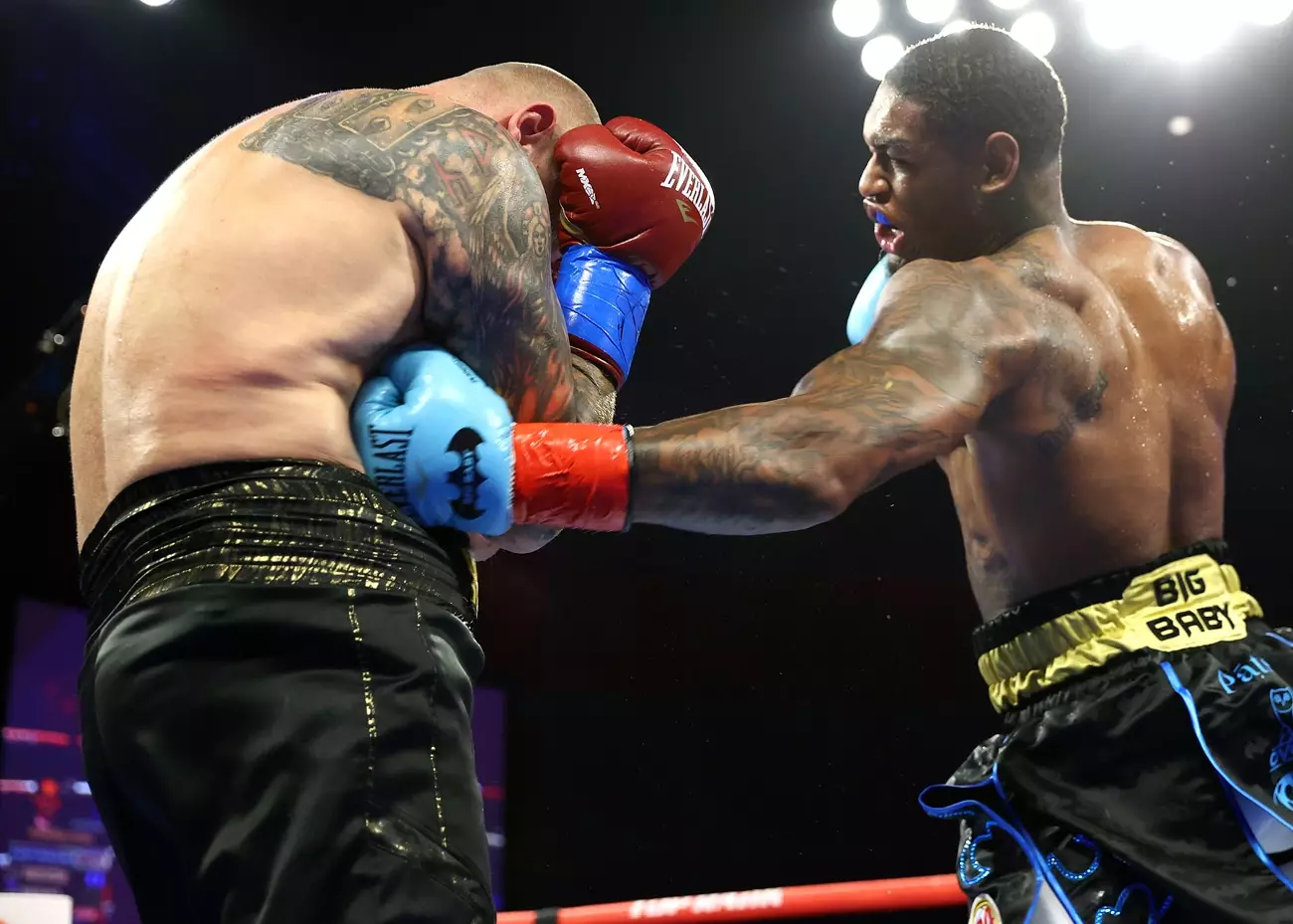In the world of professional boxing, every defeat can be a significant turning point in a fighter’s career, and for Jared Anderson, this has never been truer. Scheduled to face Marios Kollias (12-3-1, 10 KOs) on February 14th in New York’s renowned Hula Theater at Madison Square Garden, Anderson’s upcoming bout is not merely a match; it represents a crucial opportunity for recalibration in his fight career. After his knockout loss to Martin Bakole last August, Anderson (17-1, 15 KOs) enters this fight under substantial scrutiny both from fans and analysts. The brutal reality of his past performance has raised questions about his potential to compete at higher levels in the heavyweight division.
A pivotal aspect of Anderson’s recent setbacks was his performance against Bakole, where he was knocked down multiple times before succumbing in the fifth round. This loss not only highlighted his vulnerability in the ring but also underscored a critical tactical flaw: the approach he chose to take against a formidable opponent. Despite showcasing moments of skill and tactical awareness in the earlier rounds, the aggressive style Anderson adopted ultimately played against him, leading to an early exit. Had he opted for a more measured boxing strategy, he might have increased his chances of surviving longer in the fight, perhaps even seizing late-round opportunities to score points against Bakole.
Going forward, there’s a pressing need for a tactical rethink. As Anderson prepares to face Kollias, the expectation is that his team will emphasize a transition from a combination puncher to a more defensive, strategic boxer. Given his struggles with punch resistance—further evidenced by injuries received during bouts against Charles Martin and Jerry Forrest—such a shift could be vital to his career’s sustainability and success. For Top Rank, the goal of matching Anderson against a less experienced fighter like Kollias is clear: rebuild confidence and reinforce skills before testing him against stiffer competition.
The boxing community is divided on Anderson’s long-term viability as a heavyweight contender. While it might be tempting to label him as a future champion, any sustained success depends heavily on his ability to adjust and learn from his experiences in the ring. Analysts suggest that if his potential can be cultivated effectively, there’s a slim chance of resurrecting his title hopes—most likely through a fortunate matchup against well-known veterans like Anthony Joshua or Tyson Fury, whose careers may be nearing their end.
However, it’s essential for fans and promoters alike to recognize that Anderson’s future may not entail championship glory but could instead consist of a role as a perennial contender or mere gatekeeper. The task at hand is significant; it remains to be seen whether he will rise to the occasion against Kollias and, ultimately, whether his career can recover from its current trajectory. Whether Anderson will embrace a more adaptive style or remain trapped in his flawed methodologies remains to be seen.


Leave a Reply